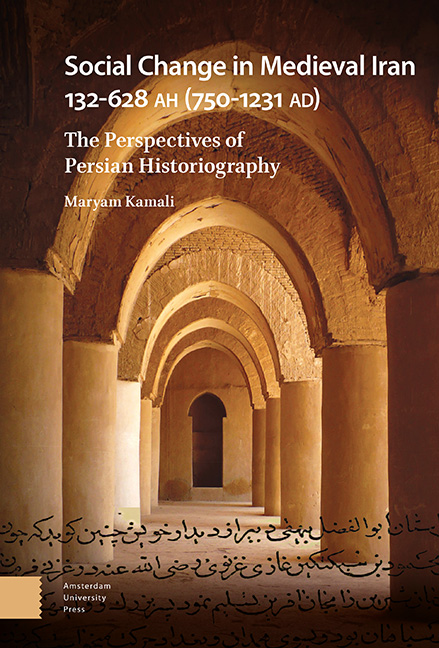Book contents
Summary
What compels the historian to write is undoubtedly the intention to record events that have already ended or are about to end, and the narratives created based on what they have heard or observed take on the lasting color of history. The historian who seeks to immortalize their age never sees themself as separate from the past or the future. Hence, today's researcher needs to look for the roots of current social change in history.
Today, social change is one of the most important topics in the social sciences, including history and sociology. In recent decades, researchers in the social sciences, especially sociologists, offered different definitions for social change. Still, none of these definitions can be used as an accurate template for assessing social change in different societies. Social change in any country is the product of the social characteristics of that country. Therefore, to achieve an acceptable definition of social change in Iran, we must make use of the tools of sociology and historical studies to provide detailed information about the events that happened over time in Iran.
This study aims to achieve a new perspective on the study of social change in medieval Iran from the rise of the ʿAbbasid Caliphate (132–656 AH/750–1258 AD) to the collapse of the Khwarazmshahi (469–628 AH/1077–1231 AD) by relying on readings of Persian historical texts, on the one hand, and applying theories of sociology and historical research, on the other. Iranian historians played an essential role in shaping the Islamic historiography in the Arabic language, but with the development of the New Persian language from the language of the people of the street and bazar to the written and scientific language, a new age of historiography began in Iran. Tarikhnama-ye Tabari (352 AH/963 AD) by Abu ʿAli Balʿami was the first work that was produced in the court of the Samanid dynasty and became a model of Persian historiography for the historians that followed. Writing historical texts in Persian, and translating others into Persian, became so popular in Iran that later, during the rule of the Ghaznavids, the Saljuqs, and the Khwarazmshahi, Persian was more commonly used for the composition of historical texts than Arabic.
- Type
- Chapter
- Information
- Social Change in Medieval Iran 132-628 AH (750-1231 AD)The Perspectives of Persian Historiography, pp. 9 - 10Publisher: Amsterdam University PressPrint publication year: 2023



